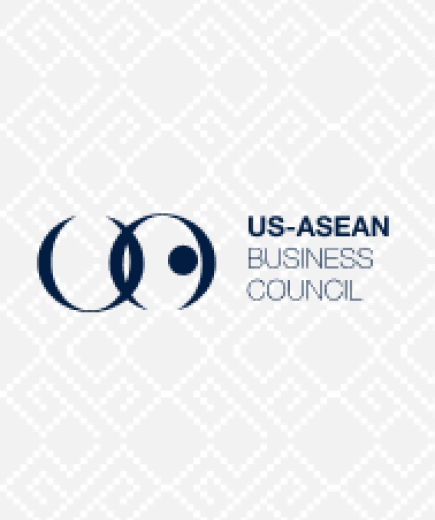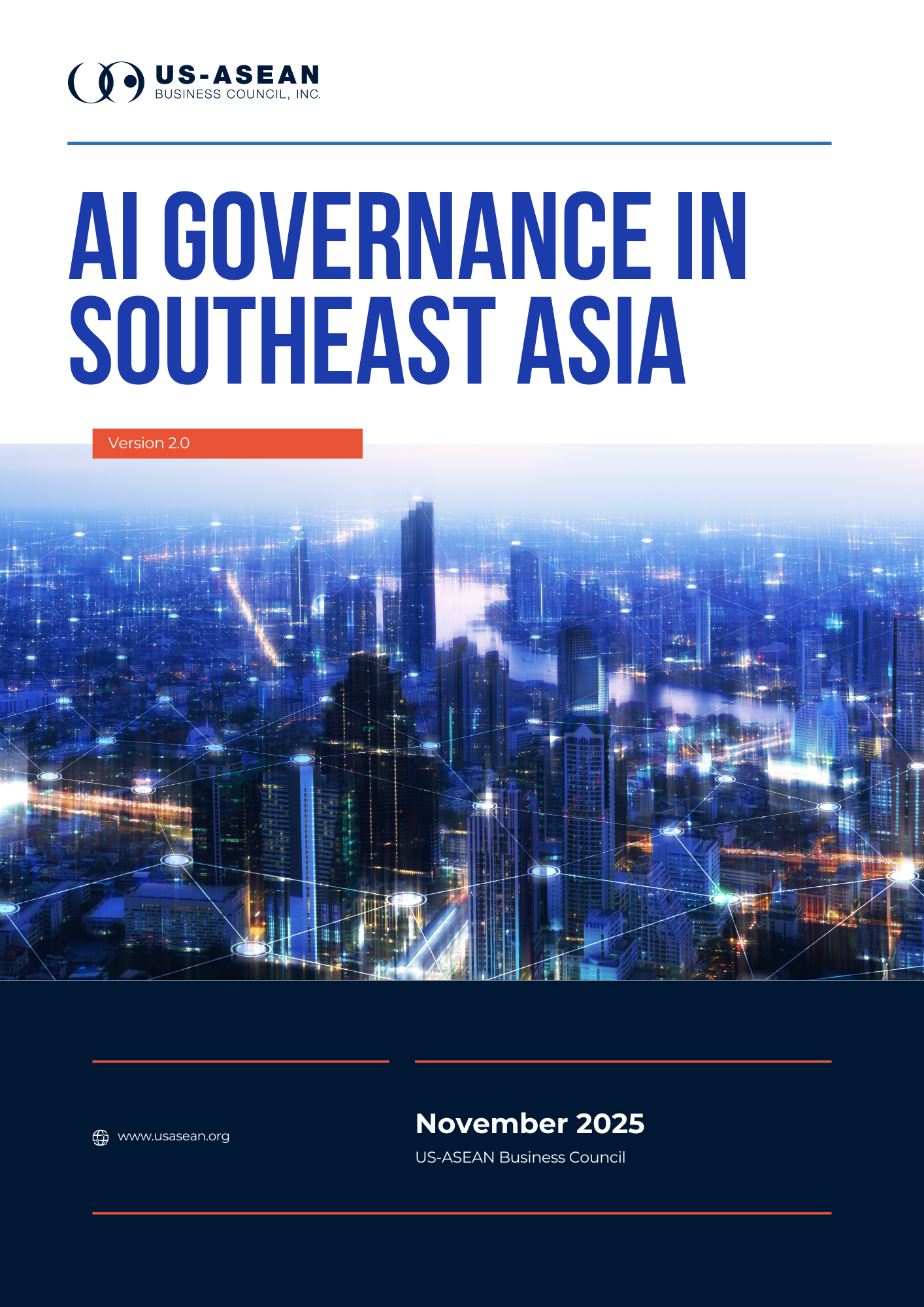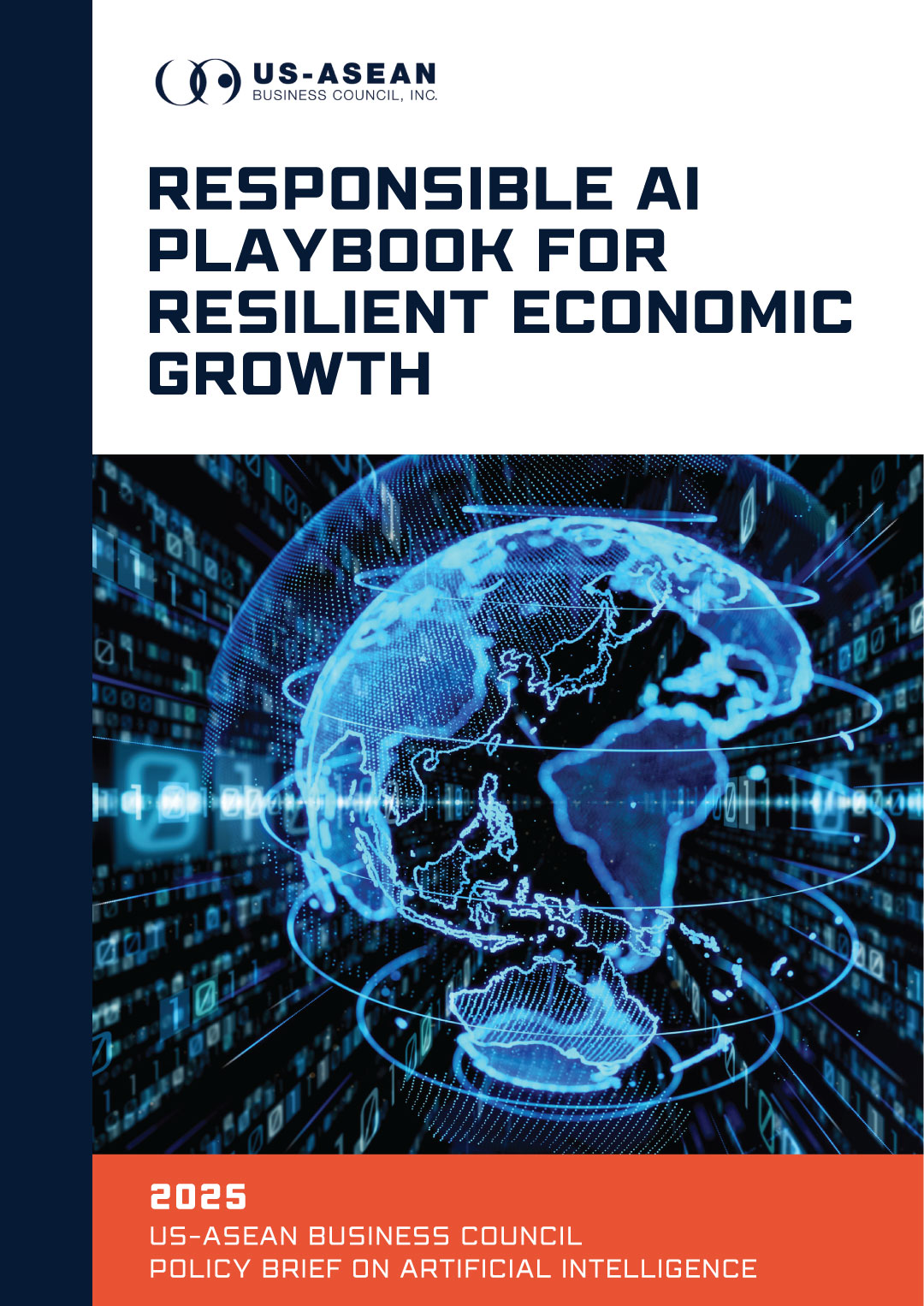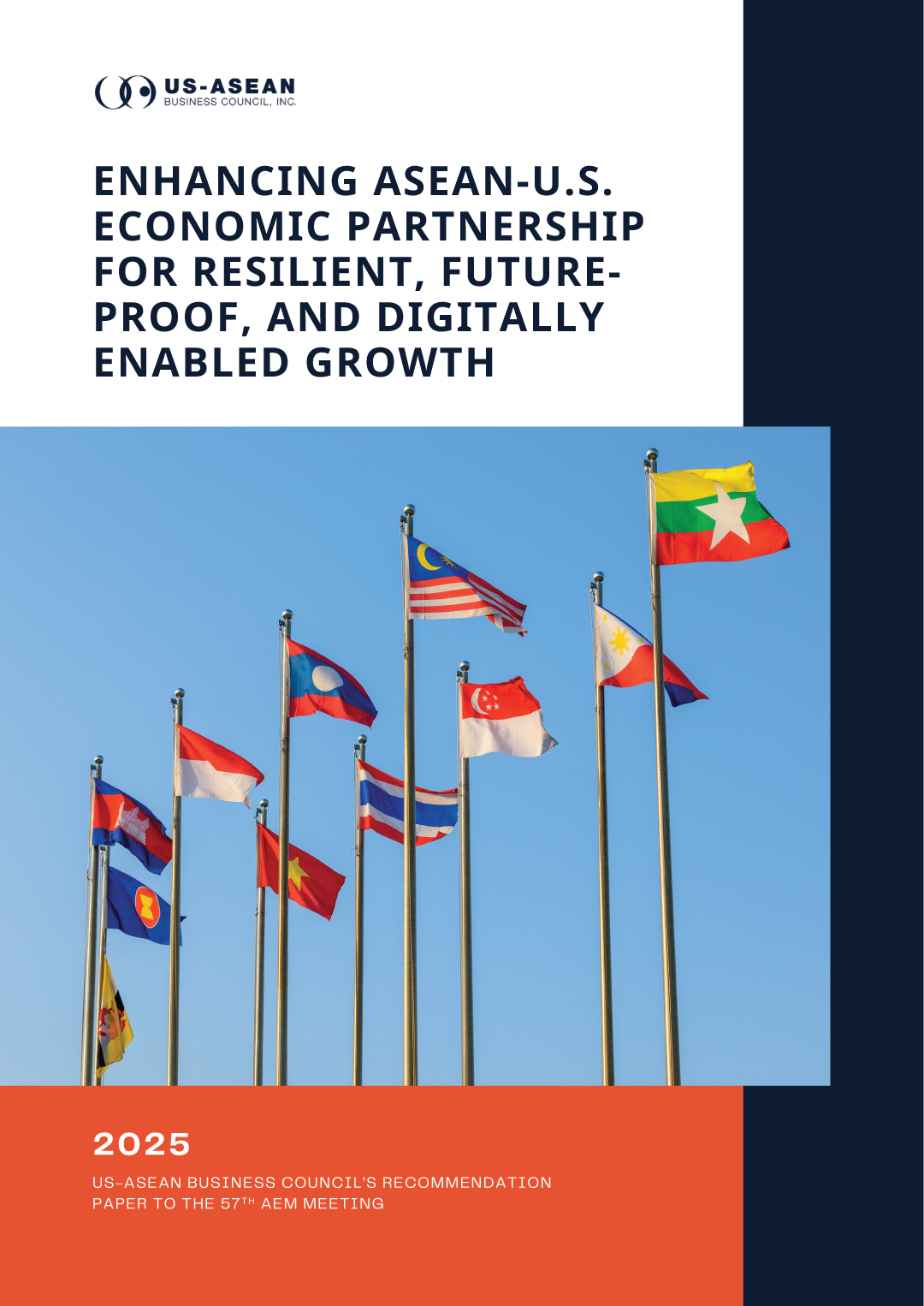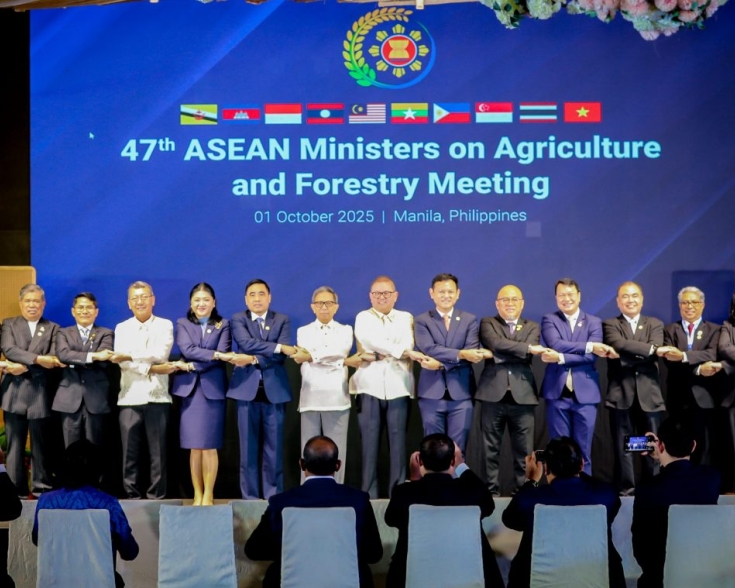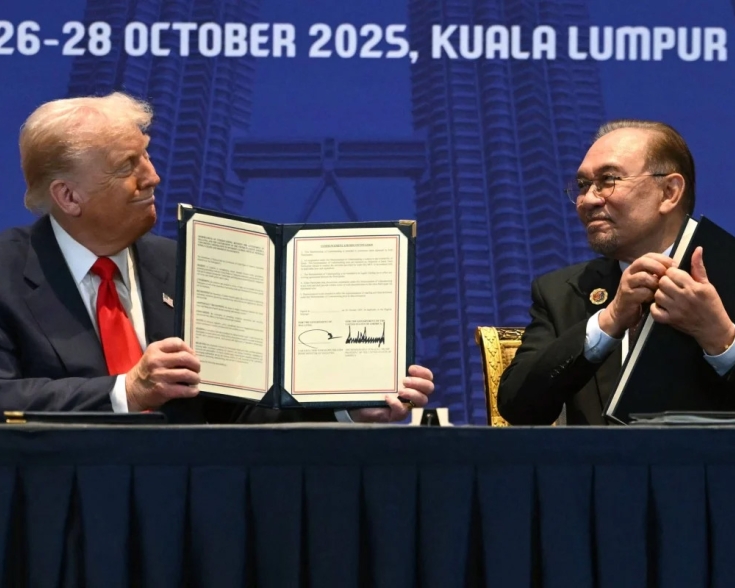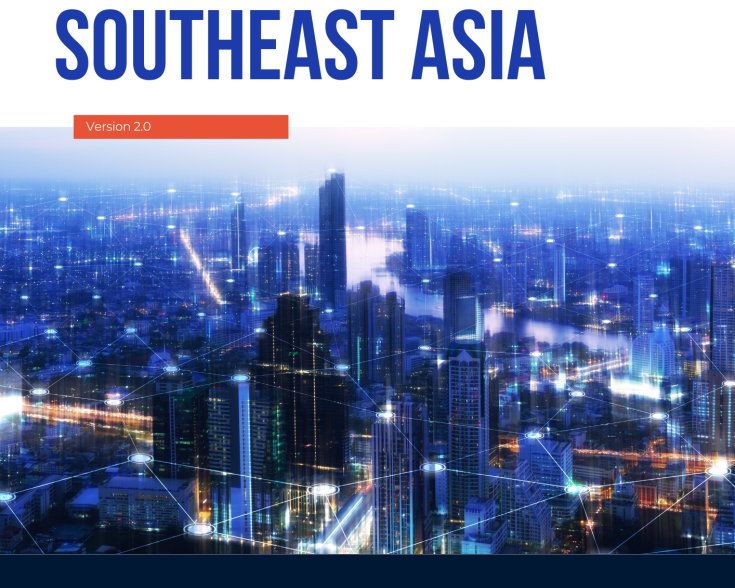Indo-Pacific Trade Realignment Expands Economic Blocs

Following the Trump administration’s ‘Liberation Day’ tariffs declaration, regional organizations and their member states are deepening their engagement with free trade agreements (FTAs), specifically the Comprehensive and Progressive Agreement for Trans-Pacific Partnership (CPTPP) and the Regional Comprehensive Economic Partnership (RCEP). The Association of Southeast Asian Nations (ASEAN) aims to expand its CPTPP membership, as only four of its member states—Brunei, Malaysia, Singapore, and Vietnam—currently participate, with the Philippines planning to submit its application this year and Indonesia having applied in September 2024. Meanwhile, the private sectors of South Korea and Japan are supporting Seoul’s bid to join CPTPP, which South Korea’s newly elected president, Lee Jae-myung, may revive. The European Union (EU) seeks to establish structured cooperation with the CPTPP on fair trade rules while using the ongoing instability as an opportunity to evaluate and address necessary reforms within the World Trade Organization (WTO). On RCEP, officials from ASEAN+3 (Japan, South Korea, and China) have committed to leveraging the trade bloc, supporting the WTO, and maintaining stable supply chains. Additionally, Indonesia has backed Chile’s bid to become RCEP’s first Latin American member.
While the United States is a member economy of the Asia-Pacific Economic Cooperation (APEC), its absence from CPTPP and RCEP puts U.S. companies at a strategic disadvantage in addressing market access challenges as multilateral FTAs facilitate deeper trade integration across the Indo-Pacific region. ASEAN economies expanding CPTPP membership and ASEAN+3’s commitment to RCEP strengthen regional trade integration, potentially diverting opportunities away from U.S. firms. The EU’s renewed interest in CPTPP further complicates U.S. competitiveness, as European businesses may gain preferential access to Indo-Pacific markets ahead of U.S. counterparts. Additionally, the United States’ absence from these FTAs limits its influence in shaping regulatory standards, forcing U.S. companies to navigate evolving trade policies without direct representation. With growing CPTPP and RCEP membership, U.S. businesses need to compete without U.S.-led FTAs amid a possible U.S. withdrawal from the WTO, and may need to explore new avenues for engagement or risk being sidelined in evolving Indo-Pacific trade frameworks.


